While some plants need a coarser pruning than others, in general, the golden rule is to cut no more than 15 to 20 percent of a tree canopy at a time. Older trees need as much photosynthetic foliage as possible to stay healthy. In general, a healthy and mature tree can only bear to have about 10 to 15 percent of its foliage removed at the same time. Environmental stresses, such as drought or temporary humid conditions, cannot be overcome with older trees that do not have the energy reserves for recovery.
If you have a particularly sickly tree, any removal of the foliage can cause it to die permanently. It is strongly recommended that only 20% or less of the crown of the tree be cut at once to prevent the tree from suffering. The top of a tree is exactly what it looks like. It is when the crown of a tree is cut, which reduces the remaining upper branches of the tree to stumps.
As a result, your tree is left with weak and unstable branches and a bare and unnatural appearance. In addition, your tree is much more likely to break and can be a hazard hazard. Many people think that you can shorten a tree by cutting the top. What they don't realize is that the cover permanently disfigures and damages the tree, and can even kill it.
Once a tree is crowned, it can be improved with the help of an arborist, but it can never be fully restored. Read on for information on tree cover that can help you make better decisions about tree shortening. I had an arboreal company come in the fall and tell me that the healthiest way to prune my tree was to cut it. As for the trees in front of your window, if you are considering cutting them as a worst-case option, I would ask someone to cut them carefully to improve your eyesight.
Arborists and tree pruning specialists can offer discounts for larger jobs that include more than one tree. Working with an expert tree trimmer or certified arborist opens the door to even greater tree care for a healthier backyard ecosystem. You will need a specialist to determine if it is legal to prune a mangrove and how much it is allowed to remove, usually no more than 25% a year, depending on its height. By cutting branches less than 2 inches in diameter, you protect the tree from internal damage along large, open wounds.
The height of each tree, the thickness of the trunk and branch, and even environmental protection laws, affect the price of pruning. She recommends before pruning the lower branches or any other part of the tree to first get an evaluation from tree pruning professionals or an arborist before doing anything with your trees. When tree owners want to reduce the size of their trees and keep them in perfect condition, they often resort to tree pruning (also known as pruning). Call a local tree trimmer or certified arborist if you are concerned about the health or stability of a tree on your lawn.
Arbolists in your region should specialize in how to prune local trees, especially since each species requires a different pruning tactic and schedule. People who prune trees like this and say it's the right thing to do, shouldn't be in that business. You will pay higher prices, for example, if tree trimmers need to hire a professional climber to prune the tree. For example, trees subjected to stress in drought conditions cannot withstand more stress; it is necessary to trim these awnings slightly to avoid further damage to the plant.
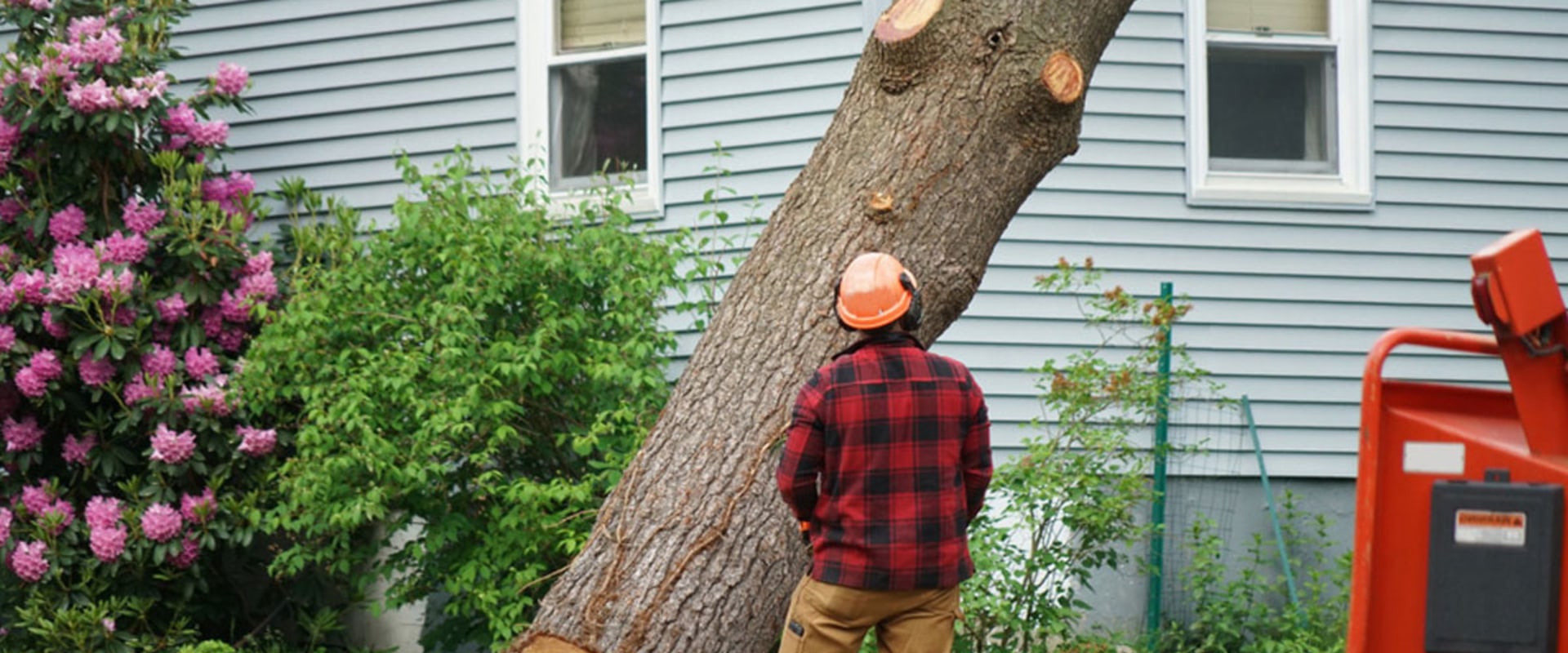
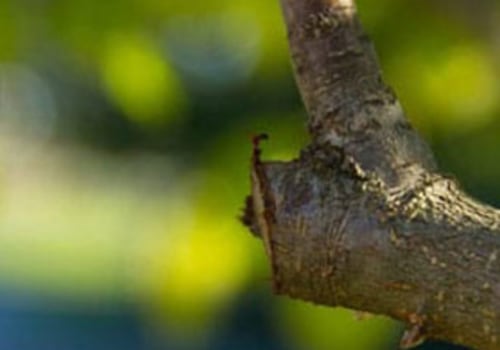
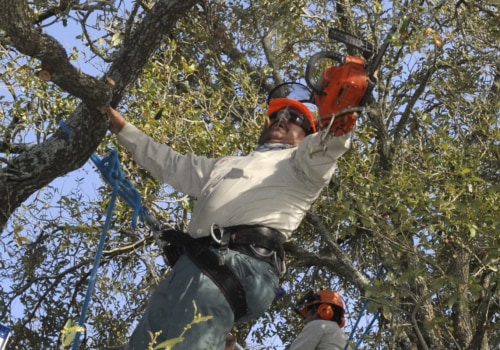
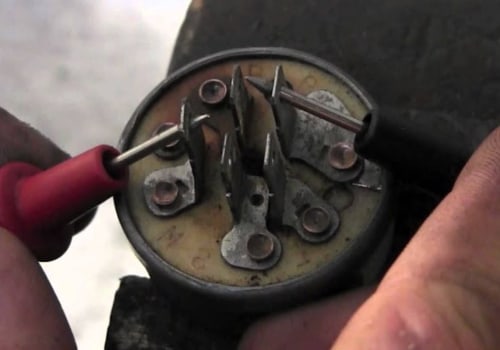


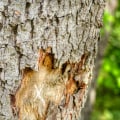
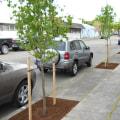
Leave Reply